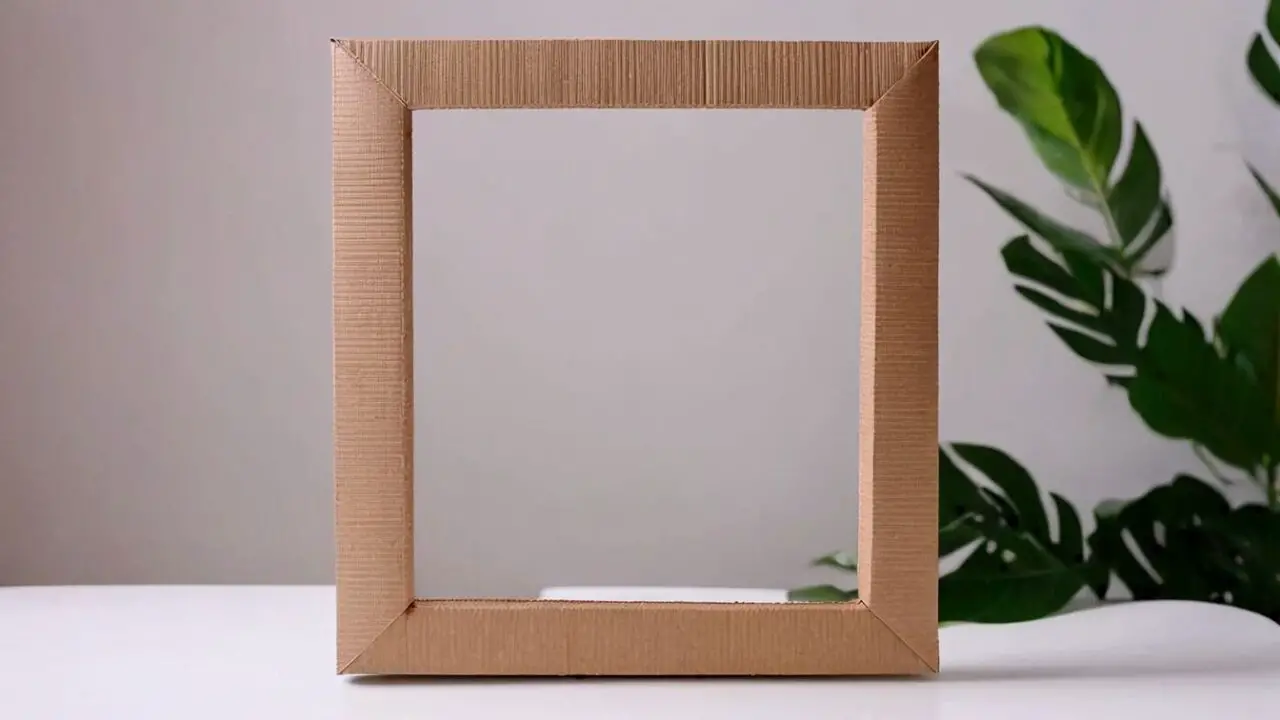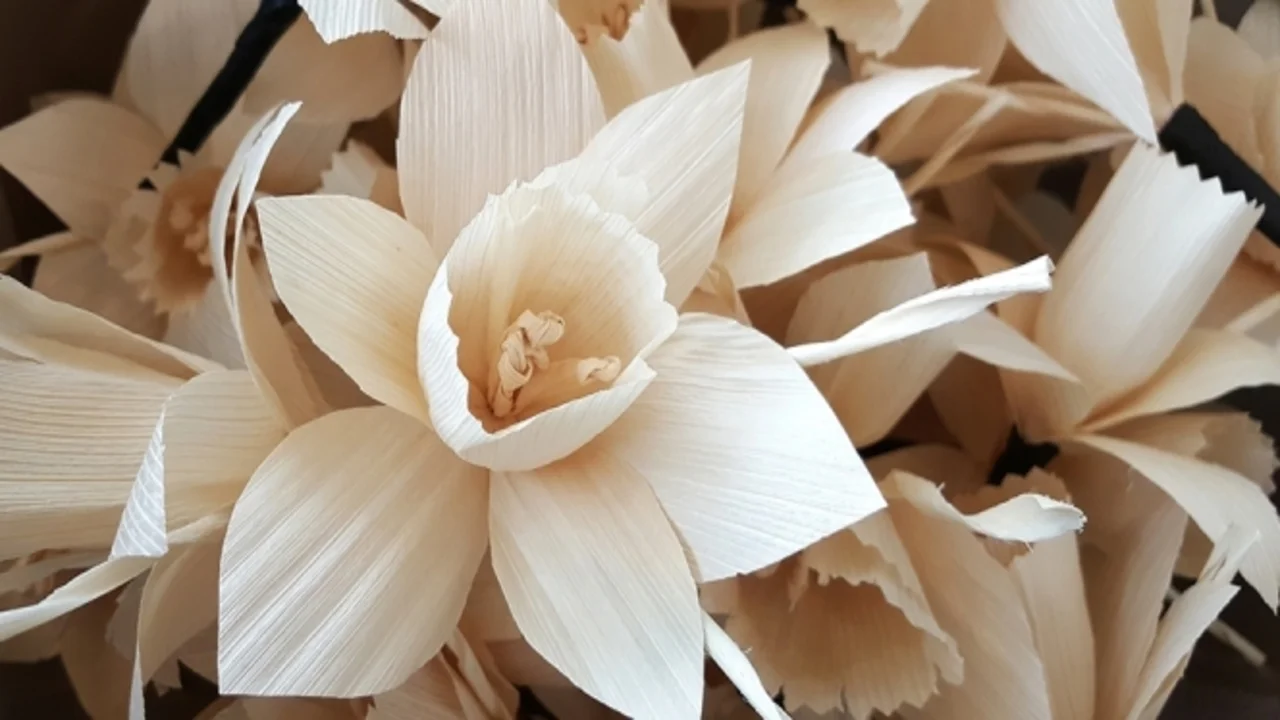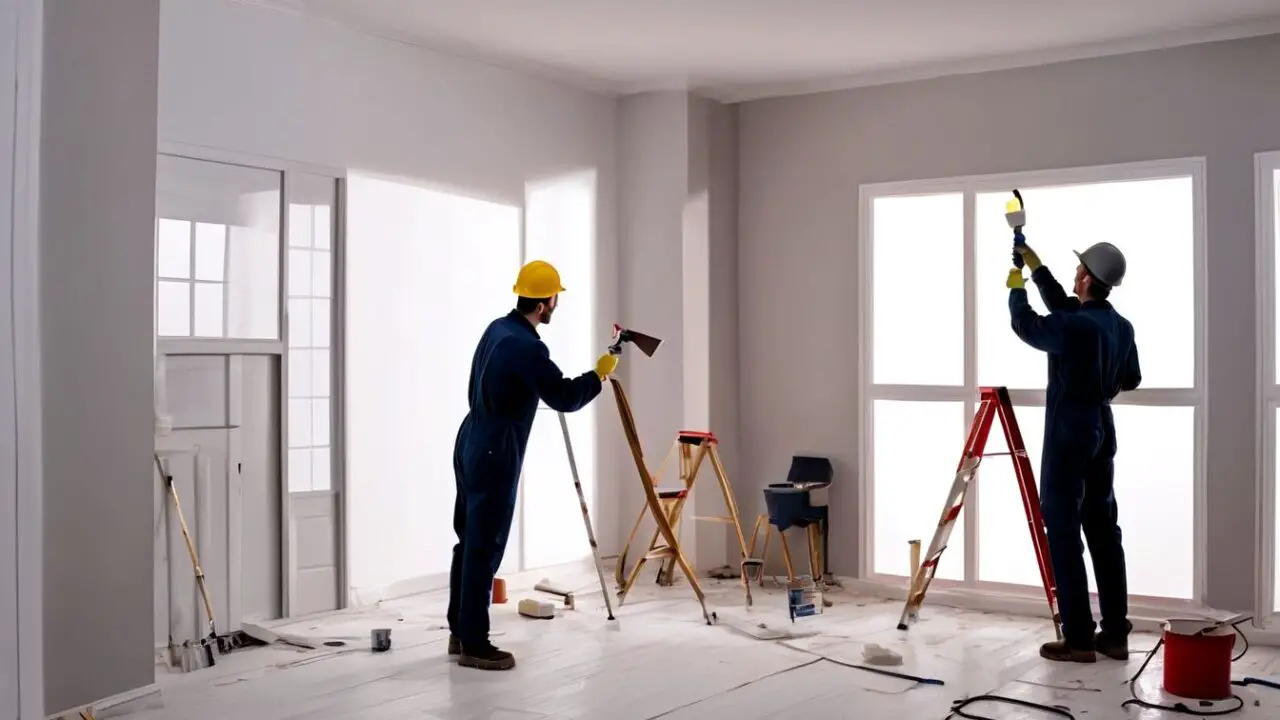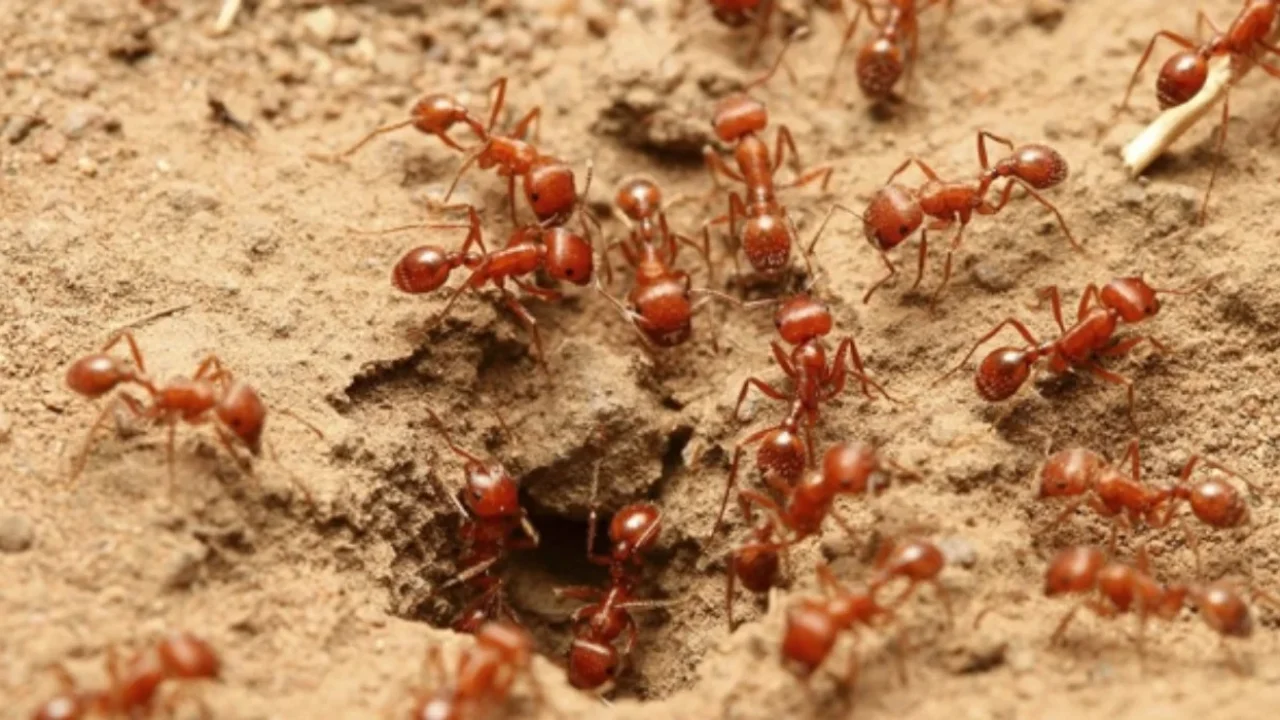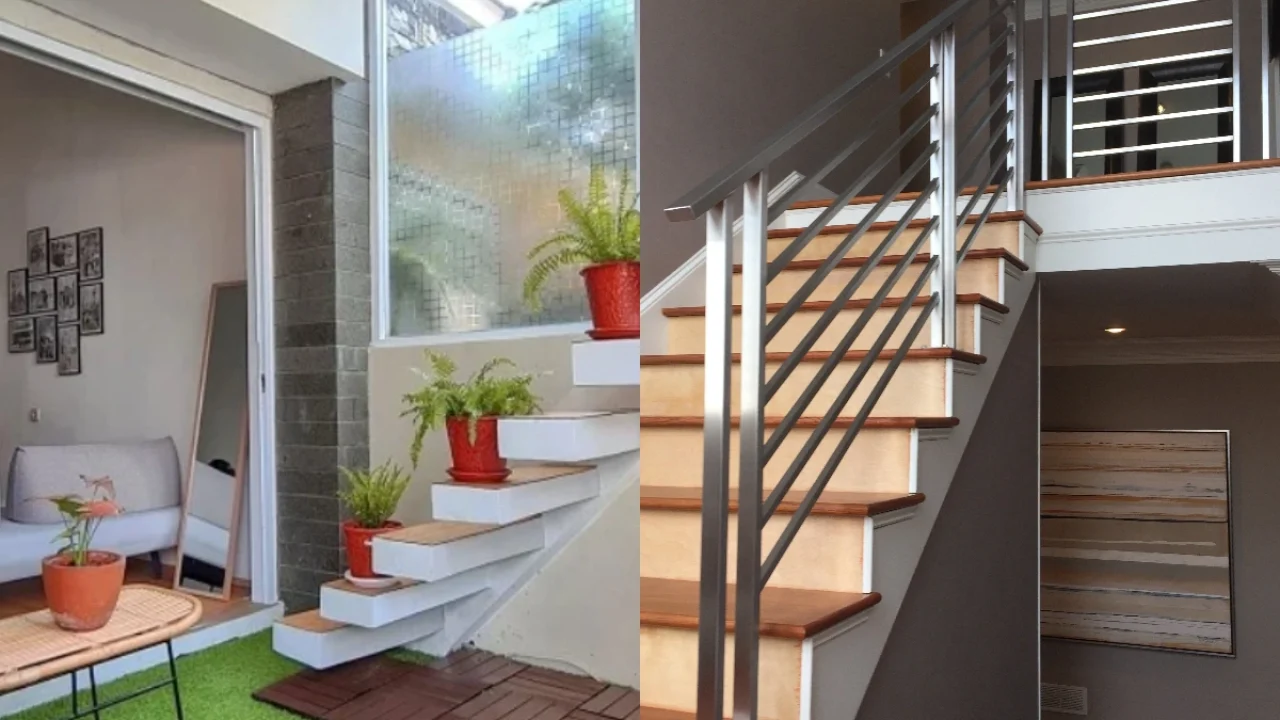Contents
Understanding the Mechanics of Frozen Pipes in a House
 |
| how do pipes freeze in a house |
The cold winter months can bring about a myriad of challenges, one of which is the possibility of frozen pipes in our homes. The repercussions of frozen pipes can be disruptive, leading to costly repairs and inconveniences. To navigate this predicament, it is crucial to understand the mechanisms behind how pipes freeze in a house. In this article, we will delve into the causes, warning signs, and preventive measures to safeguard your plumbing system from the grip of freezing temperatures.
Understanding the Freeze-Thaw Cycle
To comprehend how pipes freeze, we must first familiarize ourselves with the freeze-thaw cycle. When water is subjected to freezing temperatures, it begins to solidify, causing an expansion in volume. This expansion exerts immense pressure on the surrounding materials, such as metal or plastic pipes, which can lead to cracks, bursts, or complete pipe failure.
How do pipes freeze? here’s the reason
- Temperature Drops: The primary cause of frozen pipes is a significant drop in temperature. Water within the pipes can freeze if the ambient temperature falls below the freezing point, typically 32 degrees Fahrenheit (0 degrees Celsius). However, it is essential to note that certain areas with different climatic conditions might have a lower or higher freezing point.
- Inadequate Insulation: Insufficient insulation in attics, basements, crawl spaces, or walls can leave pipes vulnerable to freezing. Without proper insulation, the cold air can permeate these areas and directly affect the pipes, making them susceptible to freezing.
- Exterior Walls and Unheated Areas: Pipes located near exterior walls or in unheated areas of a house are more susceptible to freezing. These pipes are in direct contact with the cold air, heightening the risk of freezing.
- Water Supply Lines: Water supply lines that are directly exposed to the outdoors, such as hose bibs, swimming pool supply lines, or sprinkler lines, are highly susceptible to freezing. These lines are usually made of thinner materials, making them more prone to bursting when frozen.
Warning Signs of Frozen Pipes
- No Water Flow: The most apparent sign of a frozen pipe is when no water flows from a faucet or fixture. If you turn on a faucet and only a trickle or no water comes out, there is a high probability of a frozen pipe.
- Frost on Pipes: Exterior pipes or pipes visible in unheated areas may show signs of frost or ice accumulation on their surface. This is a strong indication that the pipes are frozen.
- Strange Odors: Frozen pipes can sometimes emit unusual smells. If you notice any peculiar odors coming from a faucet or fixture, it could be due to a frozen pipe.
Preventive Measures
- Insulate Pipes: Proper insulation is vital for protecting pipes from freezing. Insulate both hot and cold water pipes in unheated areas, as well as those located near exterior walls. Use pipe sleeves, heat tape, or foam insulation to provide an extra layer of protection.
- Seal Cracks and Openings: Seal any gaps or cracks in your home’s foundation or walls to prevent cold air from seeping in and affecting the pipes. Use caulking or weatherstripping to seal these openings effectively.
- Maintain Adequate Heating: Ensure that your home’s heating system is functioning optimally, especially during colder months. Maintain a consistent temperature throughout the house to prevent localized freezing.
- Drip Faucets: When temperatures drop significantly, allow faucets connected to vulnerable pipes to drip slowly. This continuous flow of water helps prevent the buildup of pressure and reduces the risk of freezing.
- Open Cabinet Doors: Keep cabinet doors open in kitchens and bathrooms to allow warm air to circulate around the pipes located in these areas. This simple technique can help prevent freezing.
- Shut Off Exterior Water Sources: Before winter arrives, shut off and drain any exterior water sources, such as garden hoses or sprinkler systems. This minimizes the risk of frozen pipes in these vulnerable areas.
Conclusion
Understanding the mechanisms behind frozen pipes is crucial for homeowners, as it empowers them to take preventative measures and minimize potential damages. By recognizing the causes, warning signs, and adopting preventive strategies, you can protect your home’s plumbing system from the destructive grip of freezing temperatures. Remember, a little proactive effort can go a long way in preventing the hassles and expenses associated with frozen pipes. Stay vigilant, insulate, and maintain adequate heating to keep your pipes flowing freely throughout the chilly winter months.
Check out other designs directly from your cellphone via WhatsApp Channel: https://whatsapp.com/channel/0029VaASACYFXUuYULZWe939.

